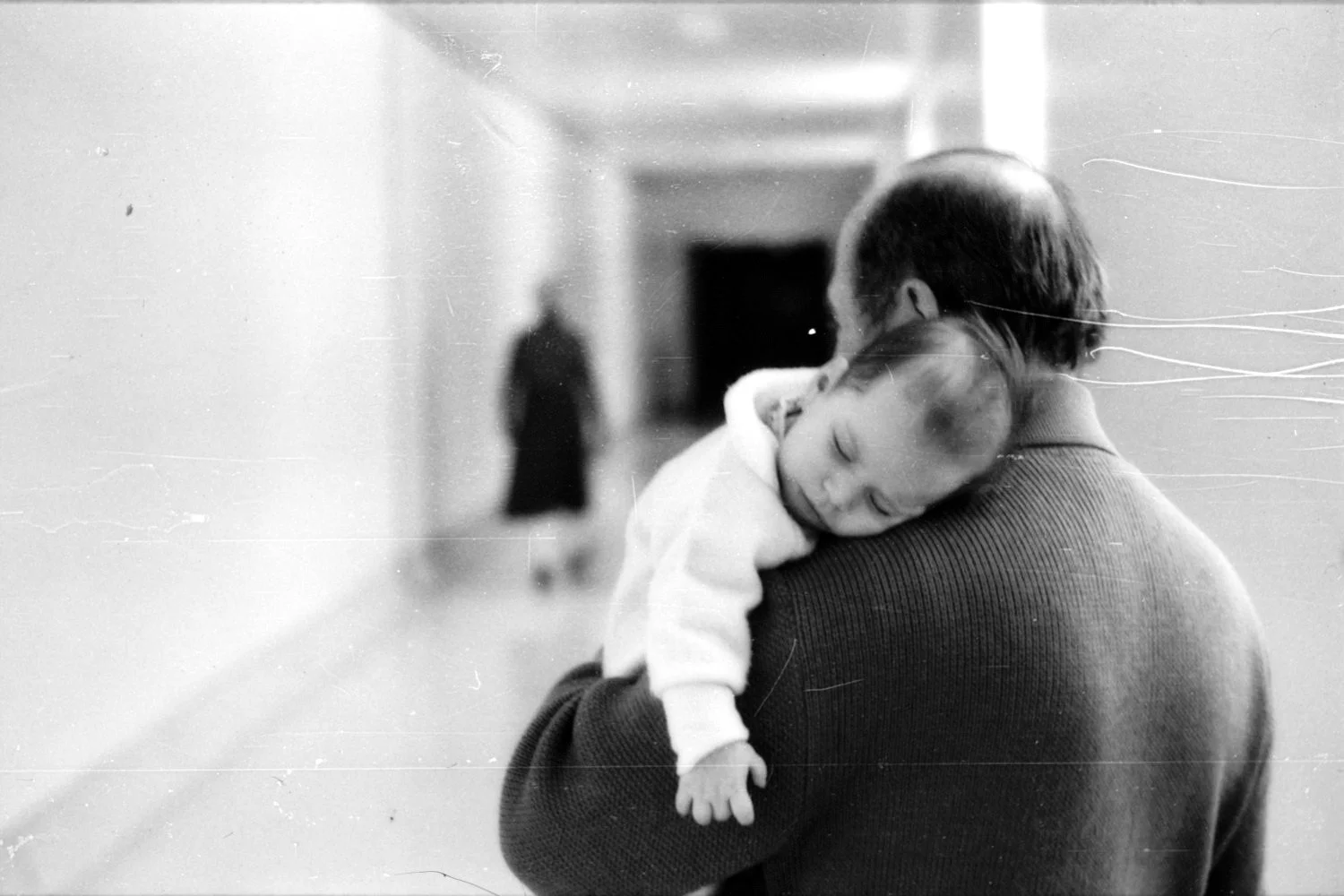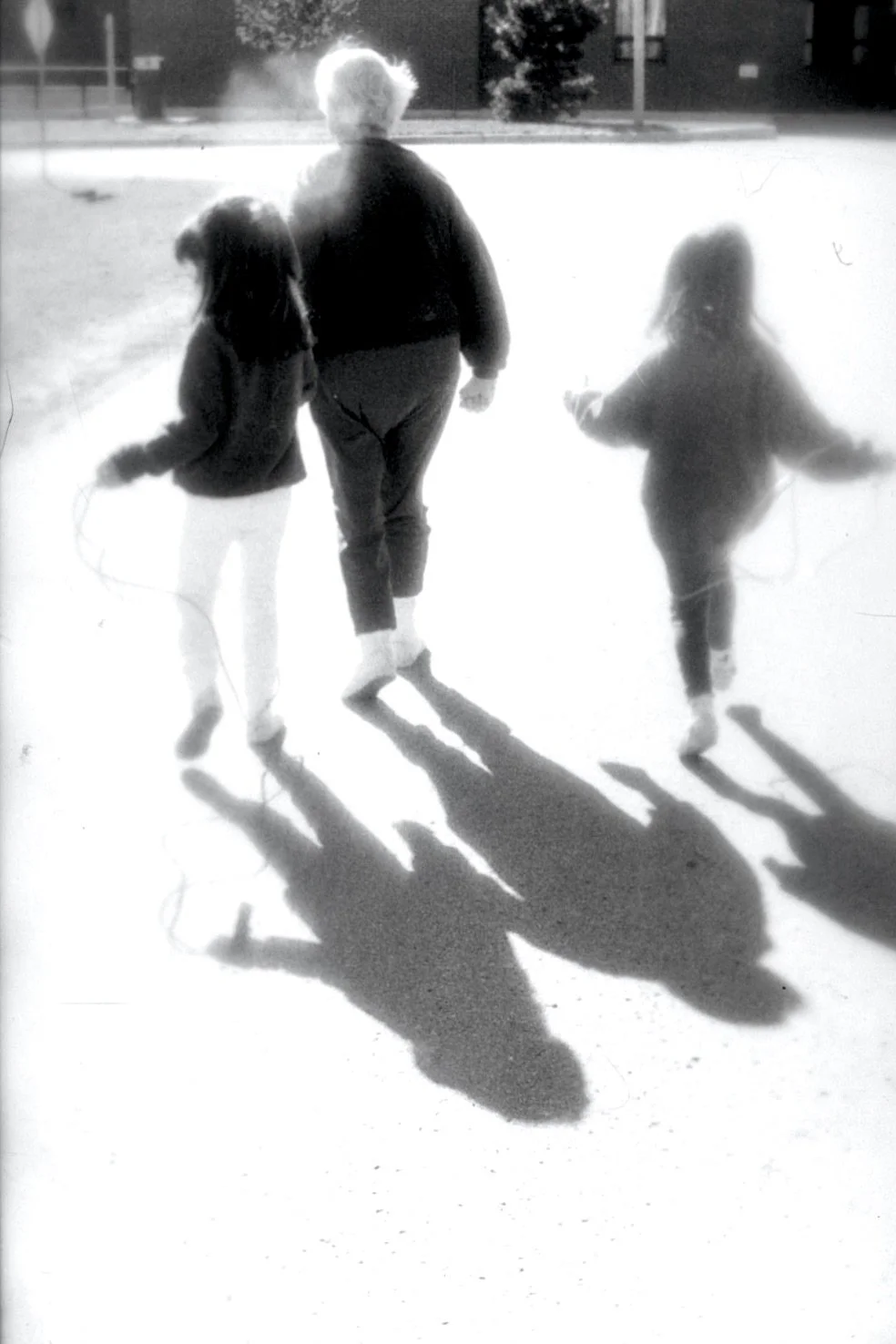Rosa: A Story of Love and Memory
Alzheimer’s Society of Canada 28th National Conference, 2007
&
Contact Photography Festival, Toronto, 2007
It all begins with light and shadow: opulent daylight softly slipping through a window and illuminating a lovely face, deep shadows stretching across wide valleys and cavernous crevices, dazzling light glistening on ice or crafting strange forms along sand dunes, elongated shadows within dawn’s emergent light and dusk’s fading glow, dense light within grey fog, mellow open shade on a bright summer day, harsh and calculating flashlight in a dark room: these and an infinite array of other expressions of light and shadow as the primary shapers of meaning in a photograph. Indeed, the word ‘photography’ literally means ‘writing’ (‘graphy’) with light (‘photo’)’.
How did I write my mother’s story with light? When I began to capture Rosa on film, my vision for the photo-documentary was in its embryonic stage, as was her Alzheimer’s. I became an intense observer; watching mindfully as she lived her everyday life. I was often profoundly distraught in the presence of this beautiful woman’s devastating spiritual and physical metamorphosis. Yet I was never fearful; my camera held my hand. And so I followed her wherever she went, making pictures.
Gradually, ‘light’ and ‘shadow’ became rich metaphors in Rosa’s narrative, illuminating her elusive memory, the nuances of her inner life and the relentless flow of time. I love the many meanings of the word ‘illuminate– ‘to throw light into’ or ‘to clarify’, ‘to enlighten intellectually or spiritually and ‘to enable to understand’. Indeed, light and shadow empowered me to be a poet photographer, an artist with a fearless eye, a daughter intent on enabling understanding of Rosa’s luminous story through my camera’s lens.
Excerpt:
The Portrait: Simple Yet Complex, Obvious Yet Profound
Part 1: Seeing Light and Shadow
Blog Post, Patient Commando, 2012
1983
1985
1986
1988
1990
1991
1992
1993
1994









